✓ Joining us on our Whatsapp Channel: 💬 Explore and Escape!.
Booking through us:
✓ 🏩 🛌 Handpicked Luxury Stays in Budget: Booking.com | Agoda.com
✓ 🍹⛱️ Deals on Private xfers, SIM Cards, City tours, Day trips : 📍🗺️ GetYourGuide | 🛵🧳 Klook
com/landmarks/oceania-landmarks/landmarks-of-australia/”>landmarks in South America, and so are in Chile.
Chile’s landscape, like a meticulously painted masterpiece, showcases a fusion of raw nature and artistic beauty.
From the towering Andes Mountains to the majestic Marble Caves, Chile’s natural landmarks tell tales of an ancient past and provide a window into incredible biodiversity and geological diversity.
1. Torres del Paine National Park
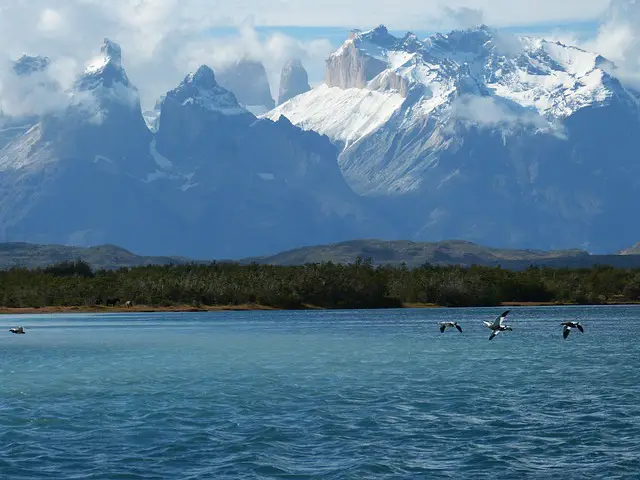
Torres del Paine National Park is a large protected area in southern Chile that’s part of the Andes mountains. The park is home to several ecosystems, including glaciers, lakes, forests, and grasslands, and is known for its unique wildlife.
What to see or do: – Hike the W Trek, a famous 4-5 day trek that takes you through some of the park’s most iconic landscapes.
Don’t miss: – The iconic Towers of Paine, three granite spires that are the symbol of the park.
Insider travel tips: – Visit in shoulder season (September or April) to avoid the crowds and get a more peaceful experience.
2. Atacama Desert
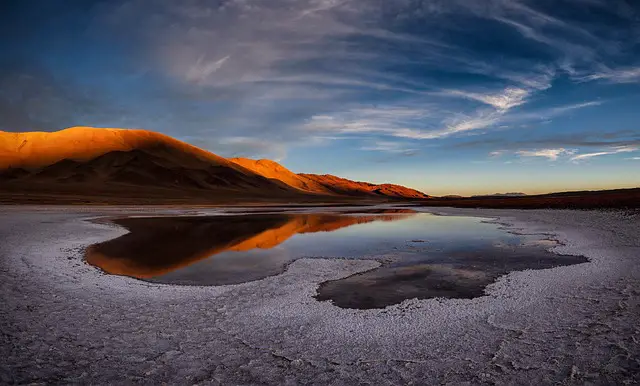
The Atacama Desert is the driest desert in the world, located in northern Chile.
What to see or do: Stargazing – witness the stunning night sky with clarity.
Don’t miss: Exploring the unique and otherworldly scenery, from vast deserts to volcanoes, geysers, and salt flats.
Insider travel tips: Drink plenty of water as Atacama desert is one of the driest places on earth.
3. Easter Island
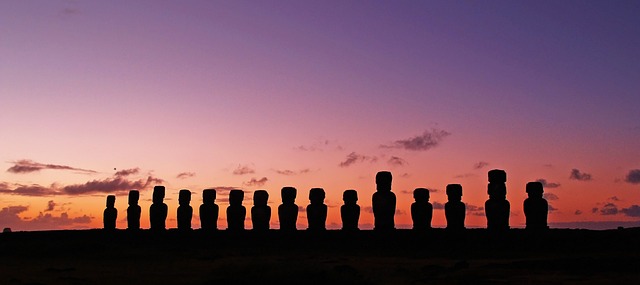
A remote island located in the Pacific Ocean, famous for its mysterious stone statues.
What to see or do: Explore the island’s archaeological sites and visit the many moai statues. Be sure to visit Rano Kau volcano and Orongo ceremonial village.
Don’t miss: Watching the sunset at Ahu Tahai, a beautiful spot with several moai statues.
Insider travel tips: Hire a local guide to learn about the island’s rich history and culture. Stay in Hanga Roa, the island’s main town, and try some local cuisine such as ceviche and empanadas.
Bring sunscreen and insect repellent as there can be lots of mosquitoes on the island.
4. Lake District
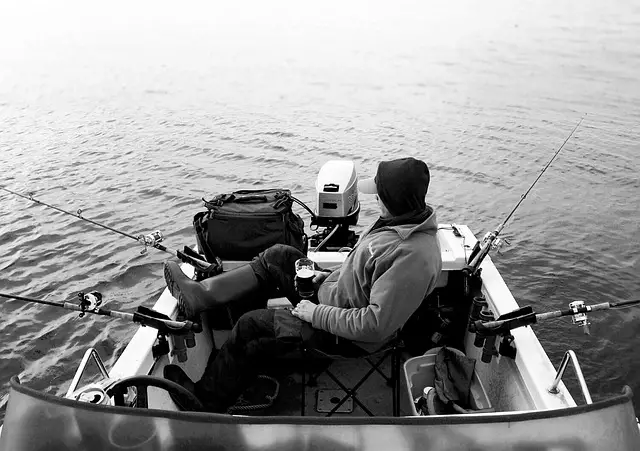
A region in North West England known for its stunning natural beauty, including lakes, forests, and mountains.
What to see or do: Take a scenic drive around Lake Windermere, the largest natural lake in England.
Don’t miss: The Castlerigg Stone Circle, an ancient monument believed to date back to 3000 BC, located near the town of Keswick.
Insider travel tips: Visit during the shoulder season (late spring or early autumn) to avoid the crowds and enjoy the vibrant fall foliage.
5. Los Glaciares National Park
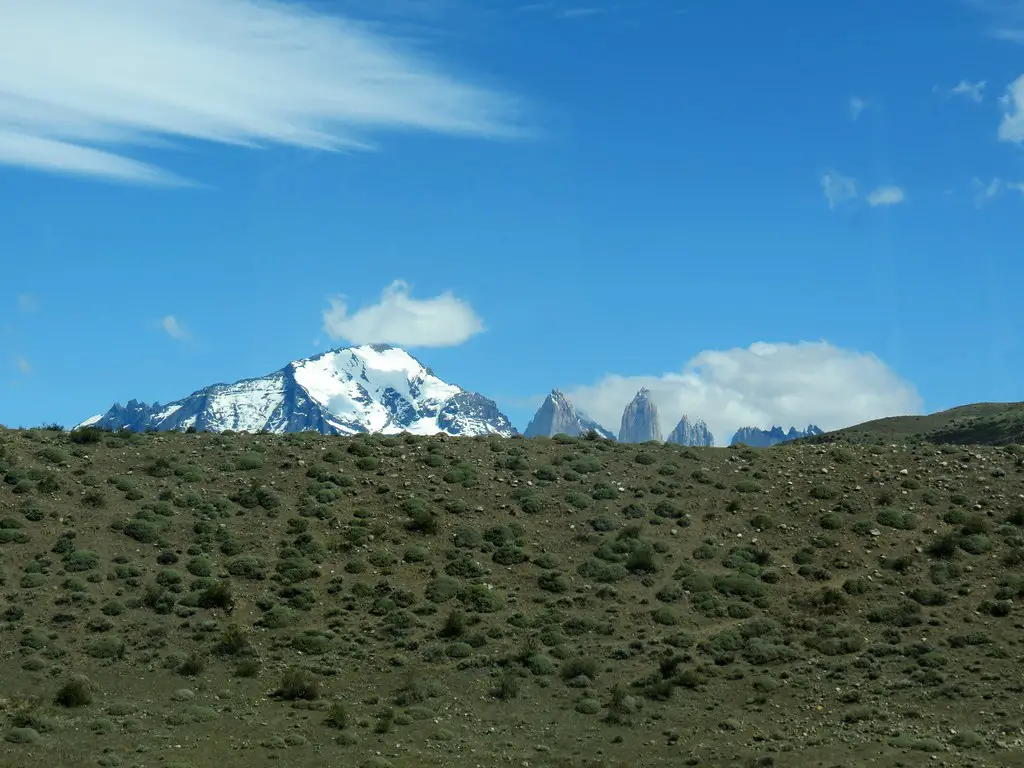
Los Glaciares National Park is a UNESCO World Heritage Site located in the Argentinean Patagonia, known for its majestic glaciers, turquoise lakes, and diverse wildlife.
What to see or do: Witness the awe-inspiring Perito Moreno Glacier, one of the only advancing glaciers in the world.
Don’t miss: The incredible Perito Moreno Glacier calving, which is when large chunks of ice break off and crash into the water with a thunderous sound.
Insider travel tips: Visit during February and March for the best weather and smaller crowds.
6. Valle de la Luna
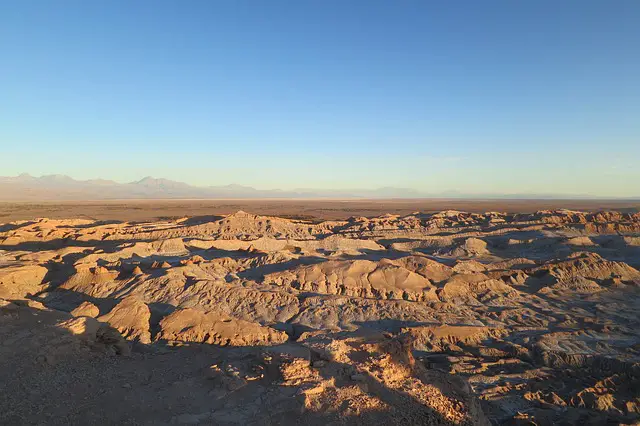
Valle de la Luna (Valley of the Moon) is a striking natural attraction located in the Atacama Desert of Chile. It is a surreal landscape of sand dunes, rocky formations, and unique geological formations.
What to see or do: Visitors can take a walking tour or hike through the valley to see the impressive natural formations up close.
There are several lookout points where visitors can take in panoramic views of the valley, including the impressive sand dunes and the imposing Cordillera de la Sal mountain range.
Don’t miss: The sunset in Valle de la Luna is a breathtaking experience. The colors of the sky blend with the unique rock formations to create an unforgettable sight.
Visitors can also take a nighttime stargazing tour to see the stars in the clear desert sky.
Insider travel tips: – Wear comfortable shoes and bring plenty of water, as the valley can be hot and dusty.
7. Marble Caves
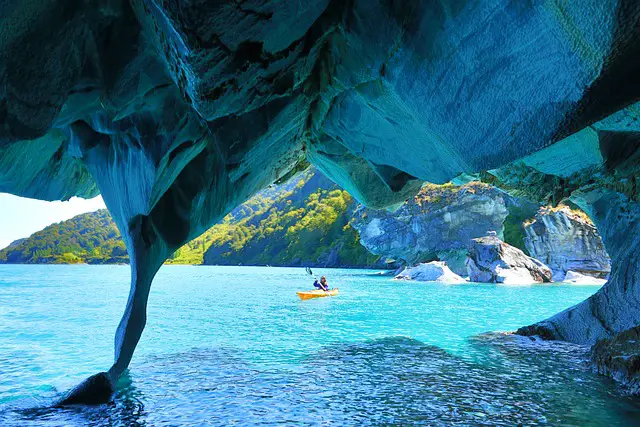
The Marble Caves are a series of caverns, tunnels, and pillars formed by the erosion of soft marble rock along the shoreline of General Carrera Lake in Patagonia, Chile.
What to see or do: Visitors can navigate the lake by boat or kayak to view the stunning turquoise and azure marble formations.
The vibrant colors of the Marble Caves change depending on the water level and time of day, making it a unique and ever-changing sight.
Don’t miss: The “Cathedral,” a large cavern with soaring ceilings and dramatic acoustics, is a must-see attraction within the Marble Caves.
Additionally, keep an eye out for the “Chapel,” a small cave with a natural skylight that illuminates the marble pillars and walls.
Insider travel tips: Visit during the shoulder season (March-June or September-November) to avoid peak crowds and secure better rates on accommodations and tours. It’s also recommended to bring waterproof gear as the lake can be choppy and windy.
For the best lighting, visit the Marble Caves early in the morning or late in the afternoon.
8. Ojos del Salado
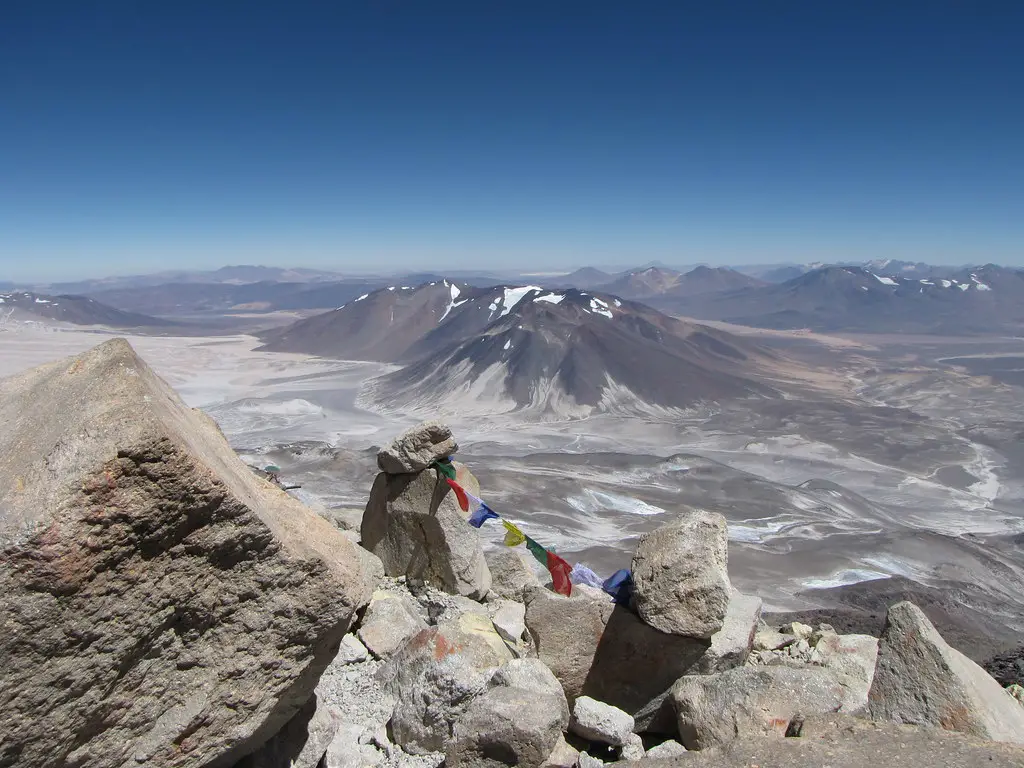
Ojos del Salado is the highest active volcano in the world, located in the Andes mountain range on the border of Chile and Argentina.
What to see or do: Hiking to the summit of Ojos del Salado is a popular activity for adventure seekers and mountaineers.
The trek to the summit is challenging, but the reward is breathtaking views of the surrounding landscape, including the Atacama Desert and the Andes mountain range.
Don’t miss: Visitors should not miss the opportunity to see the stunning turquoise waters of Laguna Verde, a nearby saltwater lake that is located at the foot of the volcano.
Insider travel tips: – It is necessary to have a permit to climb Ojos del Salado, so be sure to apply for one in advance.
9. Tierra del Fuego National Park
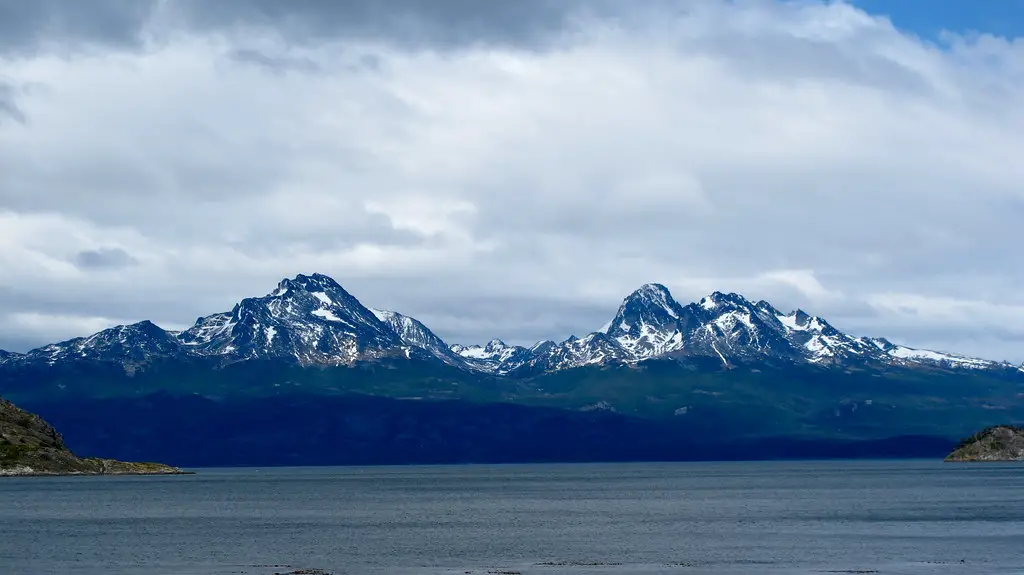
Tierra del Fuego National Park is a protected natural area covering 240 square miles in the southernmost region of Argentina.
What to see or do:
Don’t miss:
Insider travel tips:
10. Llanquihue Lake
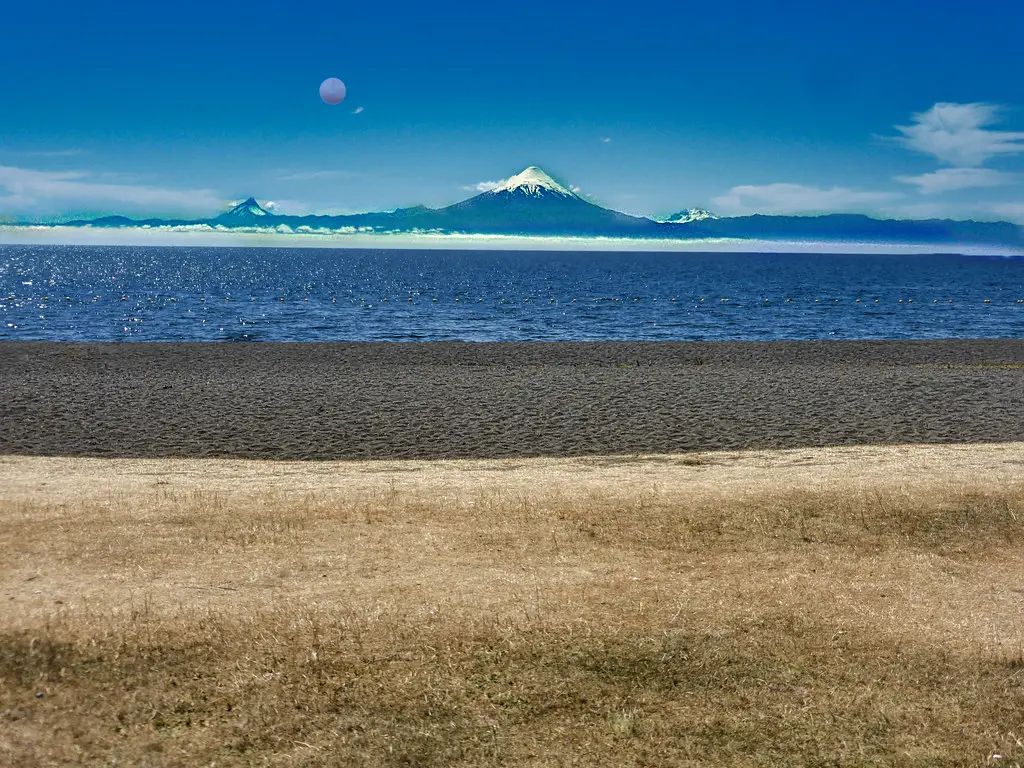
Llanquihue Lake is a large freshwater lake located in the Los Lagos Region of Chile.
What to see or do: Take a boat tour to see the stunning views of the Osorno, Calbuco, and Puntiagudo volcanoes. Enjoy the crystal-clear waters of the lake for swimming, kayaking, or windsurfing.
Don’t miss: Visiting the charming German-inspired town of Puerto Varas that sits on the shore of Llanquihue Lake.
Insider travel tips: Visit during the summer months of December to February for the warmest weather and the most outdoor activities. Try some of the local seafood cuisine while admiring the beautiful views.
Take advantage of the many hiking trails around the lake for a chance to spot local wildlife such as pumas and Andean condors.
11. Huerquehue National Park
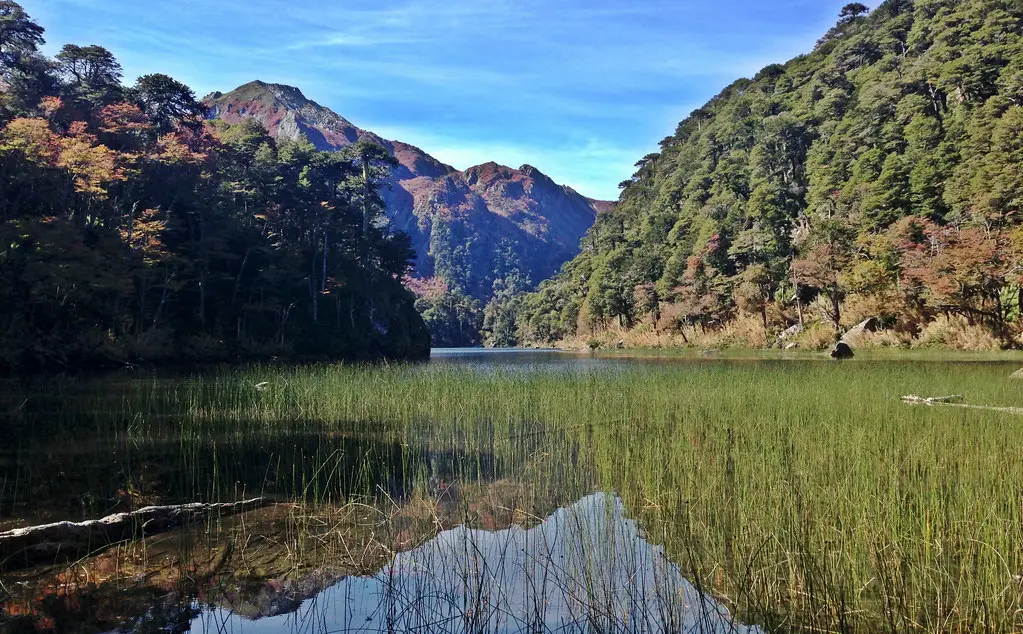
Huerquehue National Park is a protected wilderness area in Chile’s Araucanía Region, known for its pristine lakes, ancient forests, and towering peaks.
What to see or do: Visitors to the park can hike through lush forests, kayak or swim in crystal clear lakes, and marvel at stunning waterfalls and snow-capped mountains.
The park is also home to several indigenous Mapuche communities, adding cultural significance to the natural wonders.
Don’t miss: The Los Lagos Trail, which leads to several picturesque lakes including the stunning Lagos Verde and Arcoiris, known for their vivid turquoise and emerald waters.
Additionally, the park is a prime location for birdwatching, with over 150 species of birds found within its boundaries.
Insider travel tips: Pack warm clothing, as temperatures can drop significantly in the evenings. Also, be aware that the park entrance fee is only payable in cash, so bring enough Chilean pesos with you.
Lastly, visitors should respect the park’s strict no camping policy, and plan to stay in one of the nearby towns or lodges instead.
12. Caburgua Lake
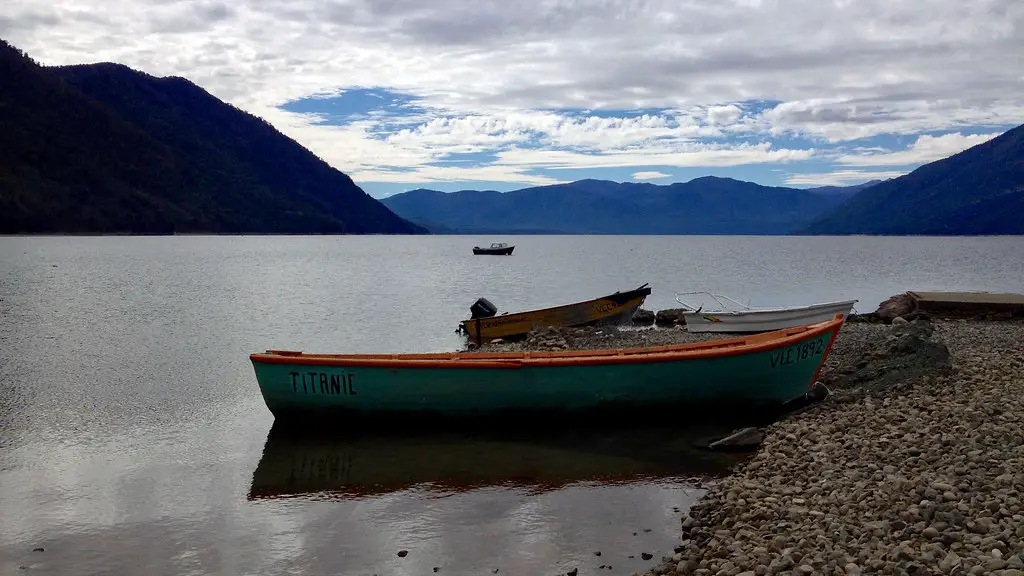
Caburgua Lake is a stunning glacial lake located in the La Araucanía Region in southern Chile.
What to see or do: Caburgua Lake offers visitors endless opportunities to explore and enjoy the area’s natural beauty. Visitors can go swimming, kayaking, fishing, or hiking.
The lake is surrounded by lush forests and offers breathtaking views of the nearby Villarrica Volcano.
Don’t miss: Don’t miss the chance to take a dip in the crystal-clear waters of Caburgua Lake, which are known for their vibrant turquoise color.
Also, make sure to check out the Ojos del Caburgua, a nearby natural reserve that boasts scenic waterfalls and hiking trails.
Insider travel tips: – The best time to visit Caburgua Lake is during the summer months (December to February) when the weather is warm and sunny.
13. Villarrica National Park
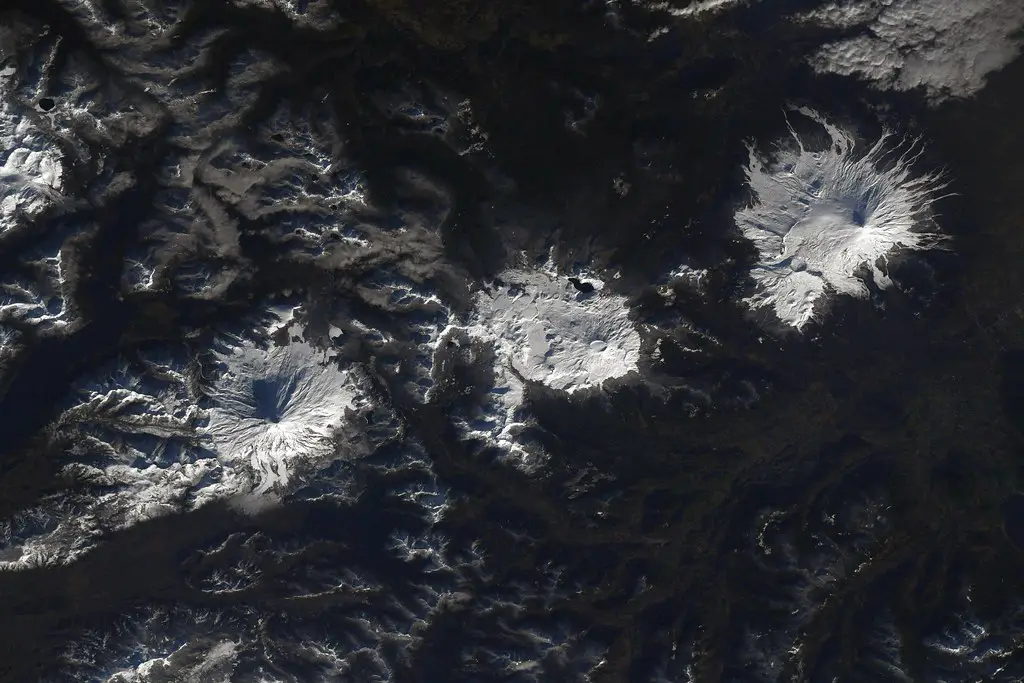
Villarrica National Park is a protected natural area located in southern Chile. It covers over 63,000 hectares of land and is home to an active volcano, beautiful lakes, and ancient forests.
What to see or do: – Climb the Villarrica Volcano for stunning panoramic views of the surrounding landscape.
Don’t miss: – The scenic drive along the edge of Lake Villarrica.
Insider travel tips: – The Villarrica Volcano climb requires a moderate level of fitness and proper equipment, so be sure to plan ahead.
14. Nahuelbuta National Park
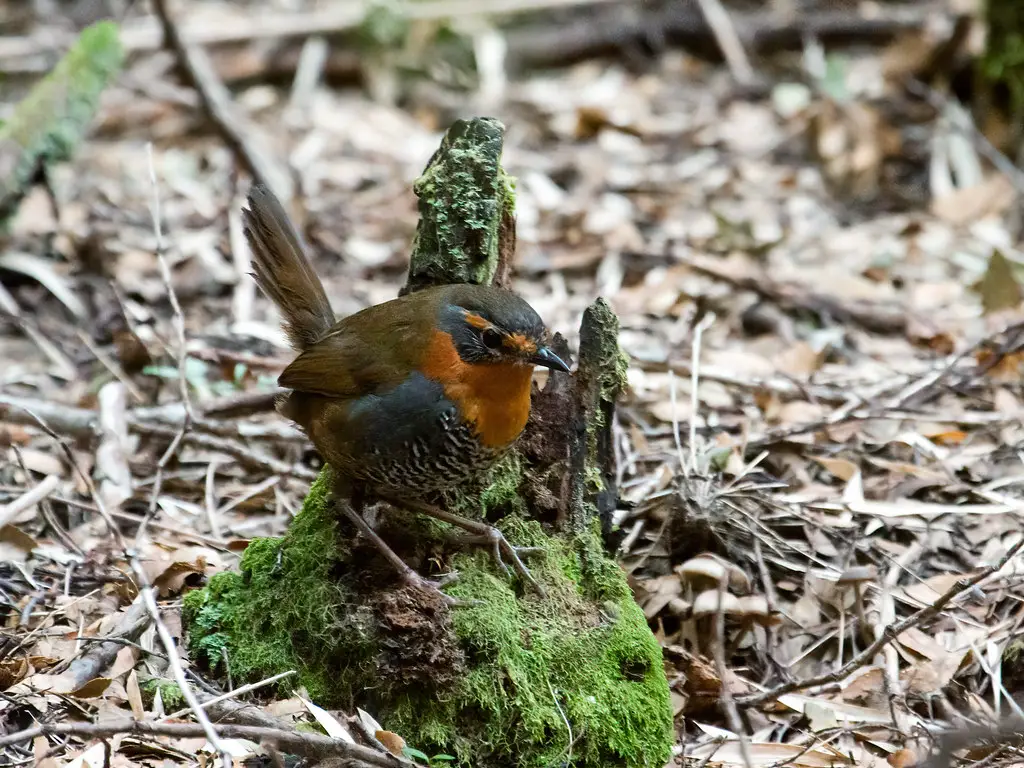
Nahuelbuta National Park is a protected wilderness area located in the Andes mountains of southern Chile.
What to see or do:
Don’t miss:
Insider travel tips:
15. Puyehue National Park
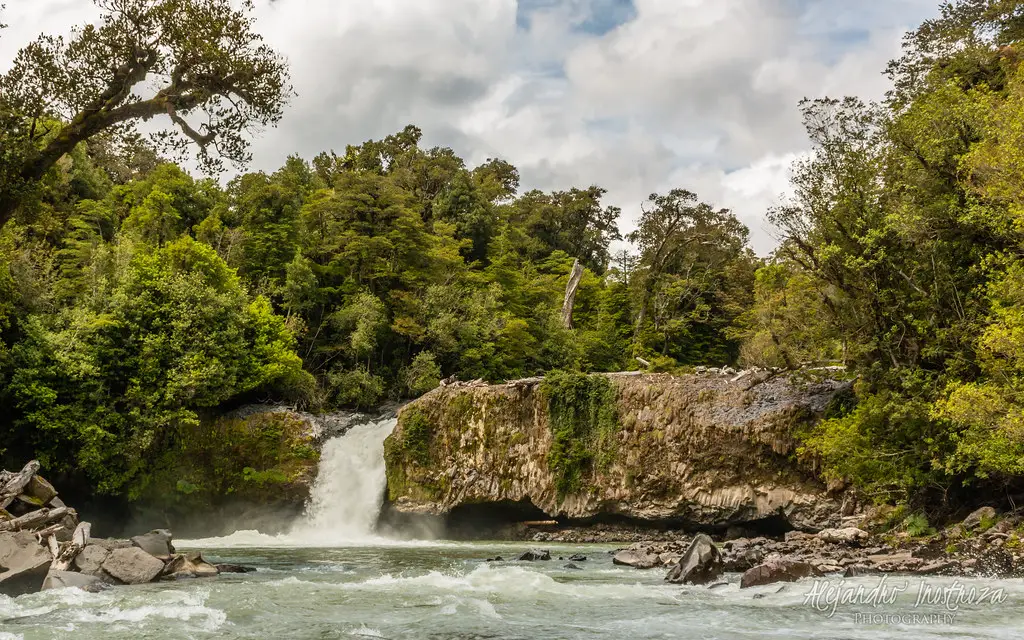
A stunning national park located in the Andes mountains of Chile.
What to see or do: Explore the stunning landscapes filled with volcanic peaks, lush forests, and serene lakes. Go hiking, fishing, horseback riding, or skiing in the winter months.
Relax in the natural hot springs or take a scenic drive through the park.
Don’t miss: The pristine Lake Puyehue, the Osorno Volcano, and the Antillanca ski resort.
Insider travel tips: Bring warm clothes as the weather can be unpredictable. Book accommodations in advance, especially during peak season.
Take a guided tour to learn about the park’s flora and fauna.
16. Alerce Andino National Park
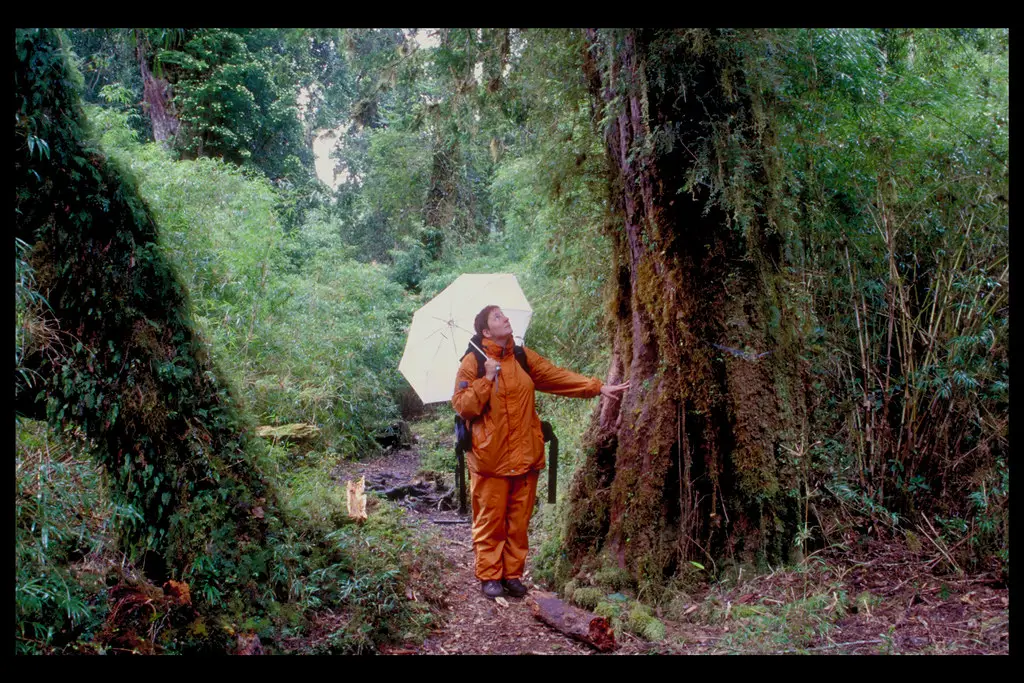
Alerce Andino National Park is a protected wilderness area located in the Los Lagos Region of Chile, named after the ancient Andean larch trees that grow there.
What to see or do: Visitors can hike the trails that weave through lush forests, pristine lakes, and the towering peaks of the Andes Mountains. The park offers a variety of camping, fishing, horseback riding, and birdwatching opportunities.
Don’t miss: The highlight of the park is its magnificent Alerce trees, some of which are over 3,000 years old and can grow over 200 feet tall.
The park also features stunning waterfalls, colorful flowers, and an abundance of wildlife, including pumas, huemuls, and Andean condors.
Insider travel tips: Be sure to check the weather conditions before heading out on any hikes or outdoor activities, as the weather can be unpredictable in the Andes.
It’s also important to bring warm clothing, sturdy footwear, and plenty of water and snacks.
Finally, hire a guide to get the most out of the park’s hiking trails and to learn about the area’s unique ecology and cultural history.
17. Queulat National Park
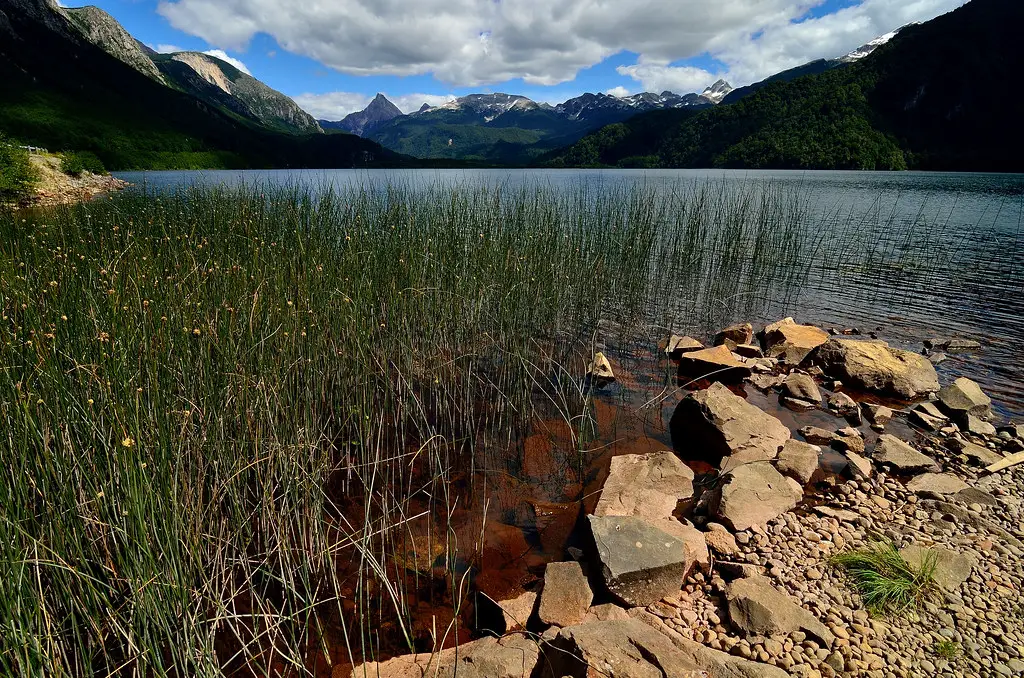
Queulat National Park is a protected natural area located in the Aisén region of Chile.
What to see or do:
Don’t miss:
Insider travel tips: – The best time to visit Queulat National Park is between November and April, during the summer months in Chile.
18. Lauca National Park
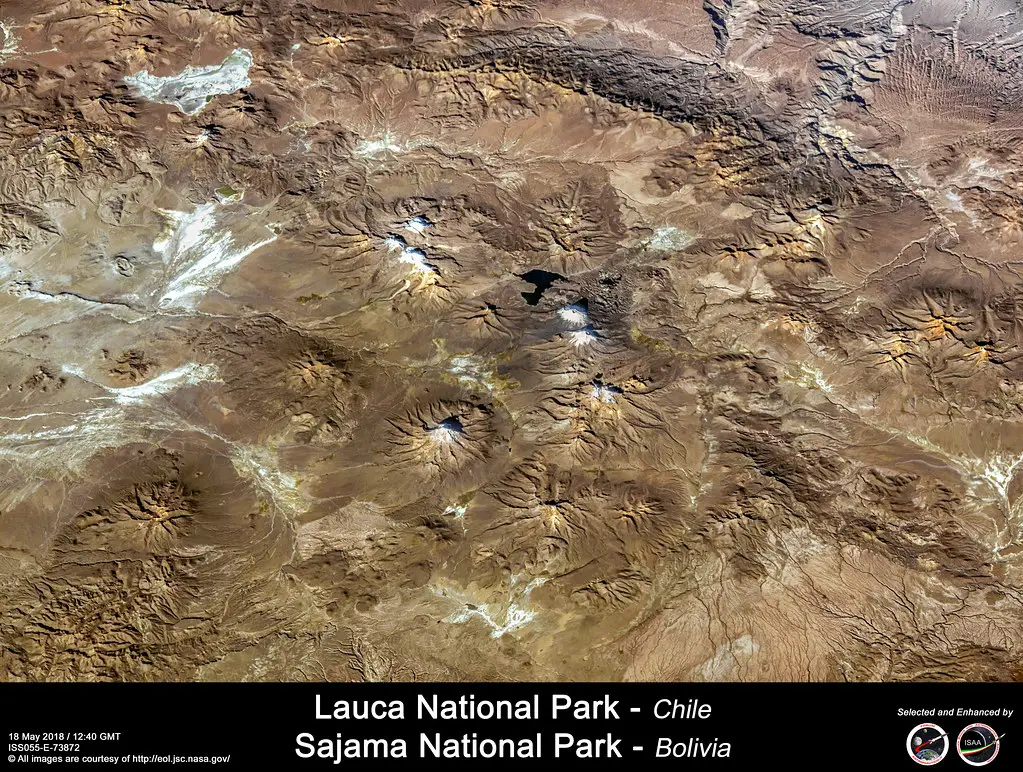
Lauca National Park is a protected area in northern Chile known for its stunning natural beauty, high altitude volcanoes, wildlife, and diverse flora.
What to see or do: – Marvel at the stunning panoramic views of the snow-covered volcanoes, turquoise lagoons, and vibrant valleys.
Don’t miss: – The stunning views of the Parinacota and Pomerape volcanoes, two of the tallest and most spectacular peaks in the park.
Insider travel tips: – Bring warm clothing and sunscreen, as temperatures can be cold and the sun is strong at altitude.
19. Conguillio National Park
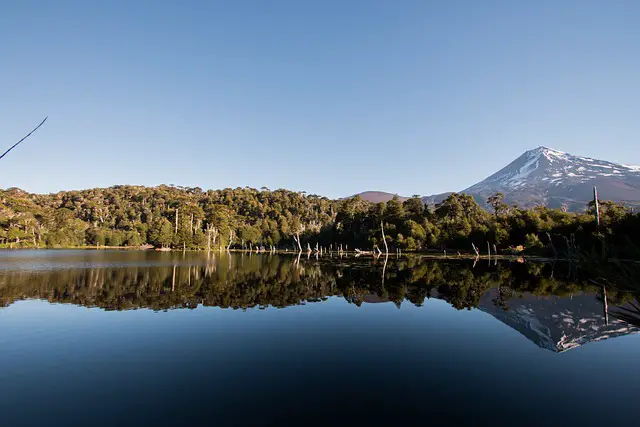
Conguillio National Park is a protected area located in the Andes of Chile, known for its stunning volcanic landscapes, crystal-clear lakes, and hiking trails.
What to see or do: – Hike to the top of Llaima Volcano, which offers breathtaking panoramic views of the surrounding area.
Don’t miss: – The incredibly scenic Araucanía Andina Scenic Route, a 61-km winding road which cuts through the heart of the park, passing by towering peaks, emerald forests, and lava fields.
Insider travel tips: – Plan ahead and bring appropriate clothing and gear, as weather conditions can change rapidly in the mountains.
20. Laguna del Laja National Park
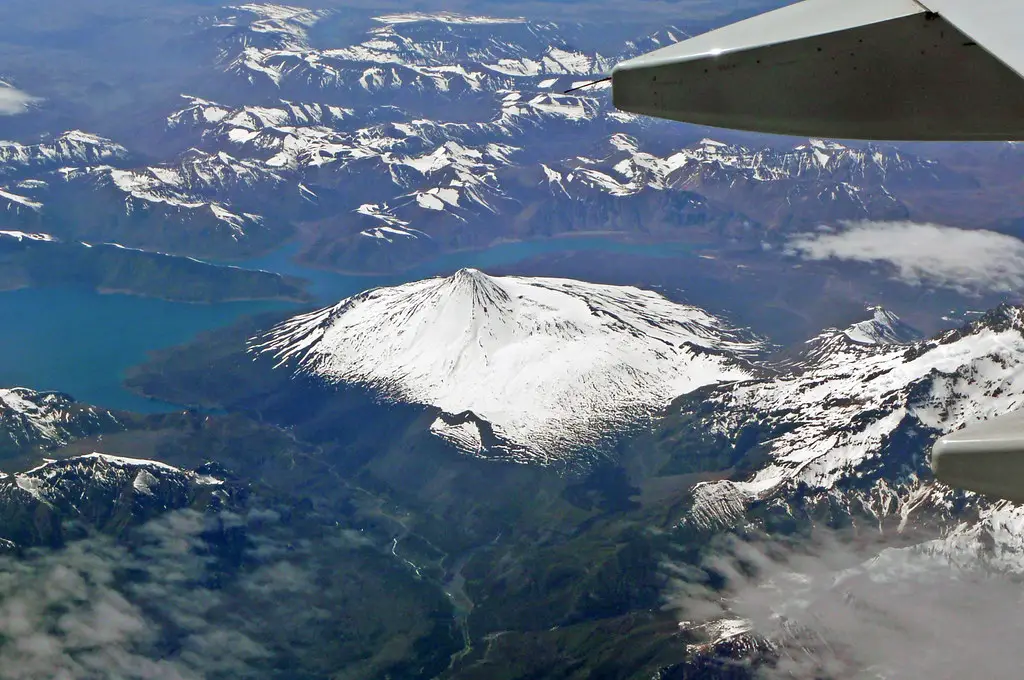
Laguna del Laja National Park is a breathtakingly beautiful protected area located in the Bio Bio region of Chile.
What to see or do: Explore the stunning natural beauty of the park with its pristine lakes, towering mountains, and lush forests. The park offers a variety of unique activities like hiking, fishing, camping, and horseback riding.
Don’t miss: Make sure you don’t miss the chance to see the stunning Laguna del Laja, which is the park’s centerpiece and one of the most beautiful sights in Chile.
The turquoise waters of the lake against the backdrop of majestic volcanoes are truly awe-inspiring.
Insider travel tips: Plan to spend at least a few days in the park to make the most of its many attractions. Be sure to bring warm clothing as the weather can be unpredictable.
Additionally, it’s a good idea to hire a local guide to help you navigate the park’s trails and discover hidden spots off the beaten path.
21. Chiloe Island
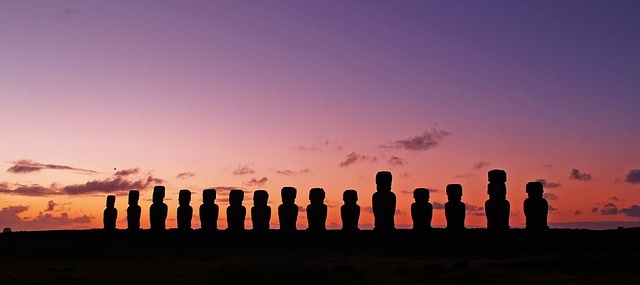
Chiloe Island is an archipelago located off the coast of Chile, known for its distinct architecture, folklore, and natural beauty.
What to see or do: – Visit the UNESCO World Heritage Site of Chiloe Churches, which feature a unique blend of Spanish and indigenous architectural styles.
Don’t miss: – Trying the island’s signature dish, curanto, which consists of meat, shellfish, and vegetables cooked in an underground pit.
Insider travel tips: – Rent a car to explore the island at your own pace.
22. Termas de Chillán
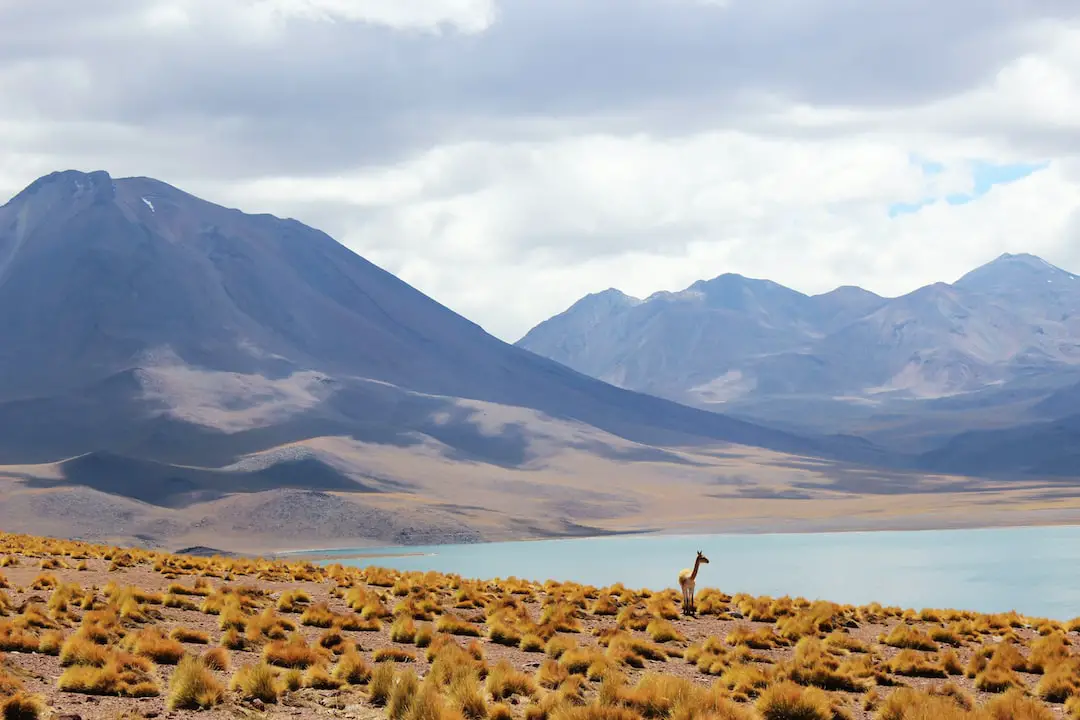
Termas de Chillán is a ski resort and hot springs destination located in the Andes Mountains of Chile.
What to see or do: Ski or snowboard on 32 trails with stunning views of snow-capped mountains, or soak in one of the many natural hot springs pools with mineral-rich water.
Other activities include snowshoeing, sledding, and hiking.
Don’t miss: Ride the longest chairlift in South America, the Andes Express, which takes you to the highest point of the resort at 2,400 meters above sea level.
Visit Chillán Viejo, a nearby town famous for its artisans and handicrafts.
Insider travel tips: The best time to visit is during the winter months (June to September) for skiing and snow sports, and during the summer months (December to February) for hiking and hot springs relaxation.
Be sure to bring plenty of layers as temperatures can fluctuate throughout the day.
23. Laguna San Rafael National Park
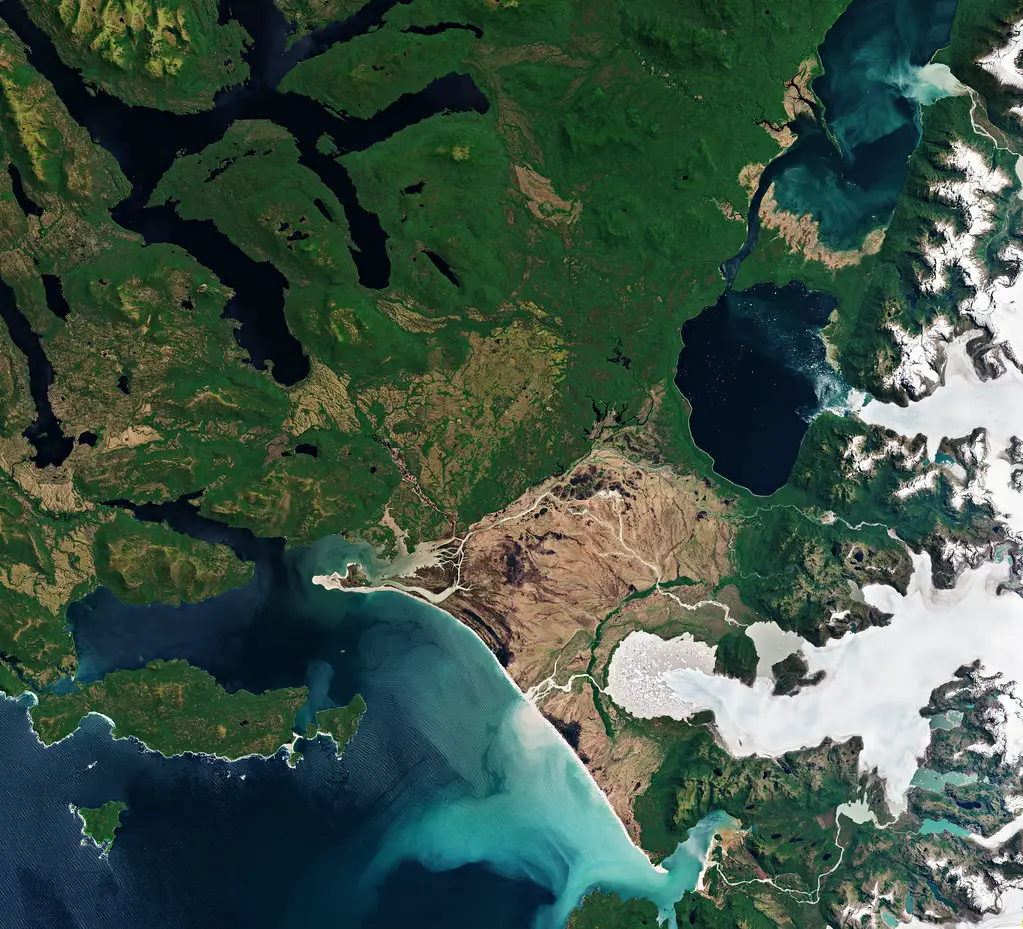
Laguna San Rafael National Park is a protected nature reserve located in the Aysén region of Chile. It is home to the San Rafael Glacier, one of the most spectacular natural wonders in the entire country.
What to see or do: The main attraction of Laguna San Rafael National Park is the San Rafael Glacier, which is an incredible sight to witness up close.
Visitors can take a boat tour of the fjord and get as close as possible to the glacier itself. The park is also home to a variety of wildlife, including Andean condors, sea lions, and dolphins.
Don’t miss: The highlight of any visit to Laguna San Rafael National Park is definitely the boat tour to the San Rafael Glacier.
Make sure to also take a hike around the park and take in the beautiful scenery.
Insider travel tips: – Dress warmly, as it can get very cold and wet while on the boat tour.
24. Corcovado National Park
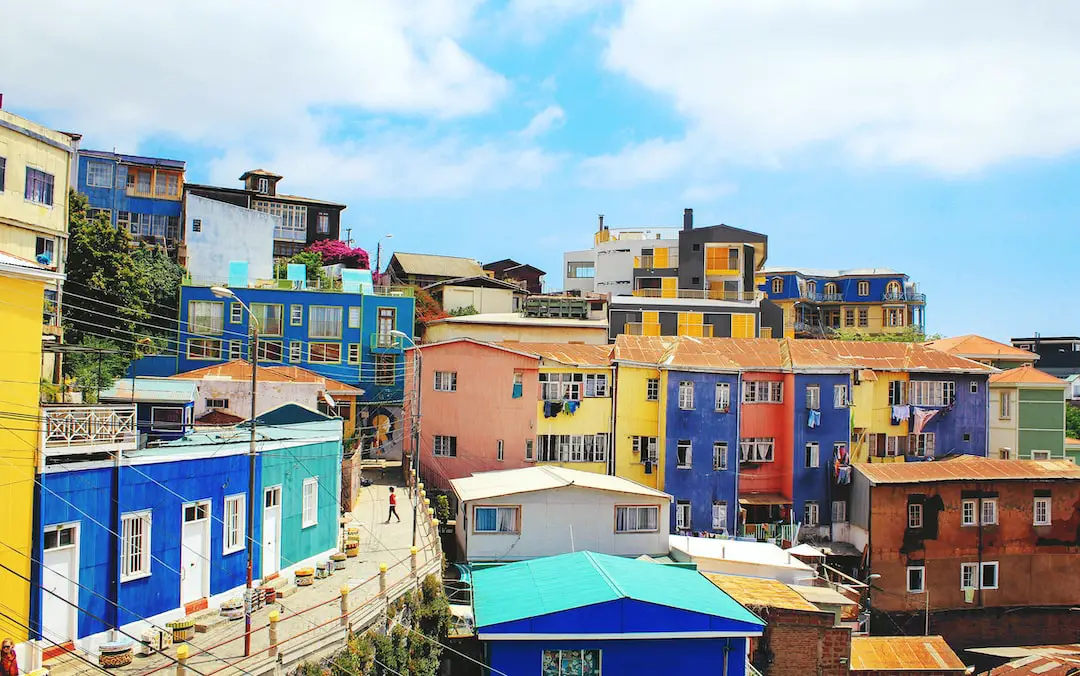
Corcovado National Park is a nature reserve located on Costa Rica’s Osa Peninsula.
What to see or do: Visitors to this park can explore a diverse range of ecosystems, including rainforests, beaches, marshlands, and mangrove swamps. The park is home to a variety of rare and endangered species, including jaguars, ocelots, tapirs, and scarlet macaws.
Hiking, camping, and wildlife viewing are popular activities in the park.
Don’t miss: One of the highlights of Corcovado National Park is the Sirena Biological Station, which offers comfortable accommodations and access to some of the park’s most impressive natural wonders.
Visitors should also make a point to stop at La Leona Ranger Station, where they can learn more about the park’s history and ecology.
Insider travel tips: – Corcovado National Park is remote and requires some planning to reach. Visitors should plan ahead and book a local guide to help them navigate the park’s trails and ecosystems.
25. Capillas de Marmol
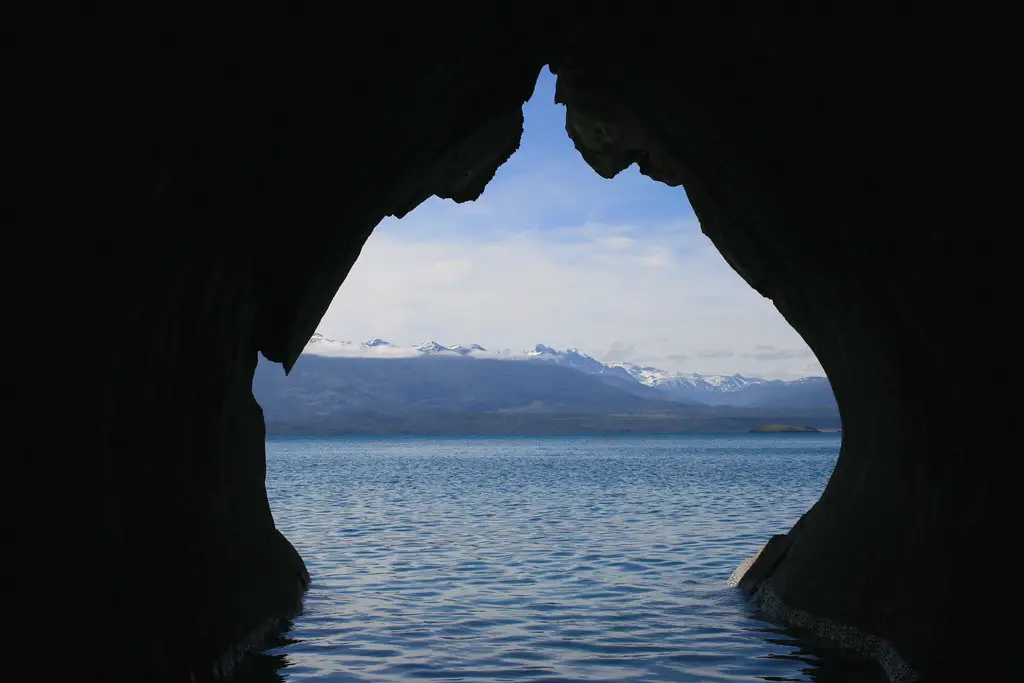
Capillas de Marmol (Marble Caves) is a natural wonder located in General Carrera Lake, Chile.
What to see or do: The highlight of Capillas de Marmol is the stunning rock formations that have been molded by the lake’s waves over the years.
Visitors can take a boat tour to explore the caves and see the vibrant blue and green colors of the lake’s water reflecting on the marble walls.
Don’t miss: Take the time to appreciate the intricate details of the caves’ walls. Each capilla (chapel) has its own unique shape and color pattern.
The Cathedral, for example, is a cavernous space that resonates with incredible acoustics.
Insider travel tips: Book your boat tour in advance to avoid disappointment, especially during peak season (December to February). Opt for the early morning or late afternoon tour to avoid the crowds and get the best lighting for photography.
Bring a waterproof camera or zip-lock bags to keep your equipment dry during the boat ride.
26. Osorno Volcano
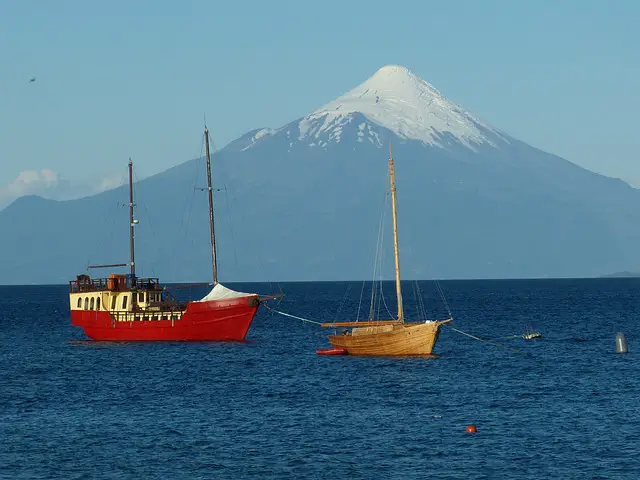
A snowcapped volcano located in the Andes mountain range in Chile.
What to see or do: Visitors can hike or climb to the summit for stunning views of the surrounding landscape, including the neighboring Lake Todos los Santos.
The volcano also offers opportunities for skiing and snowboarding during the winter months.
Don’t miss: The Petrohué Waterfalls, located nearby, which cascade down a series of volcanic rock formations and offer an impressive display of natural beauty.
Insider travel tips: Be sure to check weather conditions before heading out on any hikes or climbs, as the volcano can be unpredictable. It’s also recommended to visit with an experienced guide and to bring appropriate gear for cold weather conditions.
27. Cochamó Valley
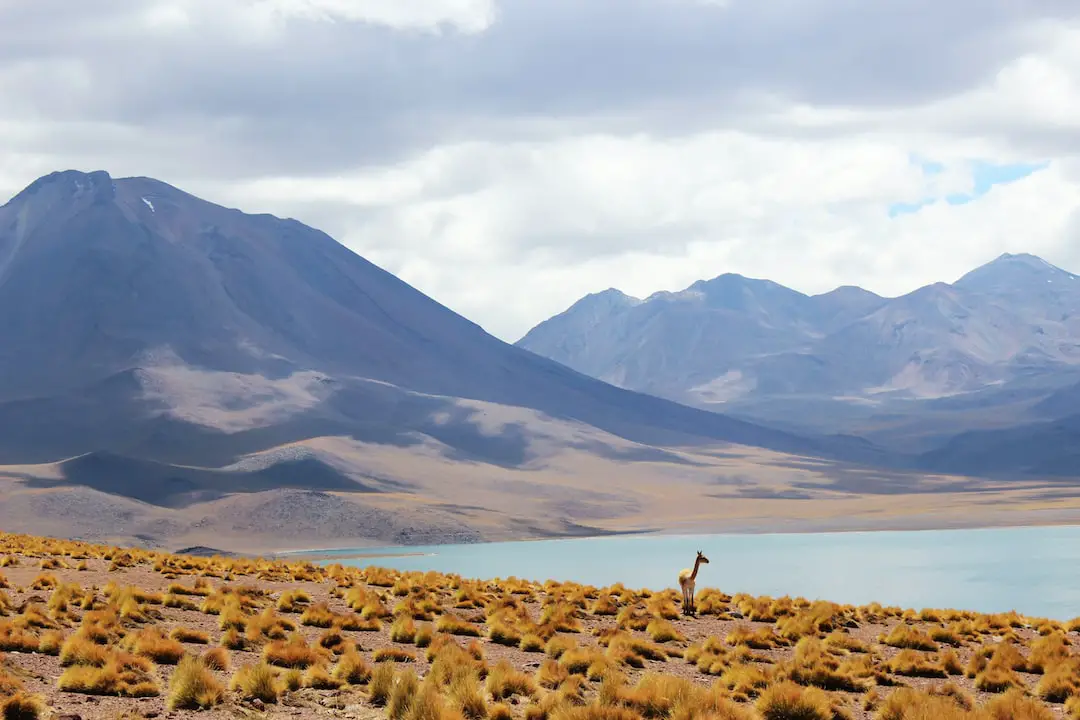
A hidden gem nestled in the Andes mountains of Southern Chile, known for its stunning scenery and outdoor activities.
What to see or do: Hike through ancient forests, climb towering granite rock faces, swim in crystal-clear rivers, and take in breathtaking mountain views.
Don’t miss: The expansive El Bosque synthetic park, the waterfalls of Saltos del Rio Cochamó, and the stunning Cerro Arco Iris mountain.
Insider travel tips: Be sure to bring sturdy hiking boots, as many of the trails can be steep and rocky. Pack plenty of warm layers, as the weather can be unpredictable.
And don’t forget to sample the local food, including fresh seafood and delicious Chilean wine.
28. Isla Damas
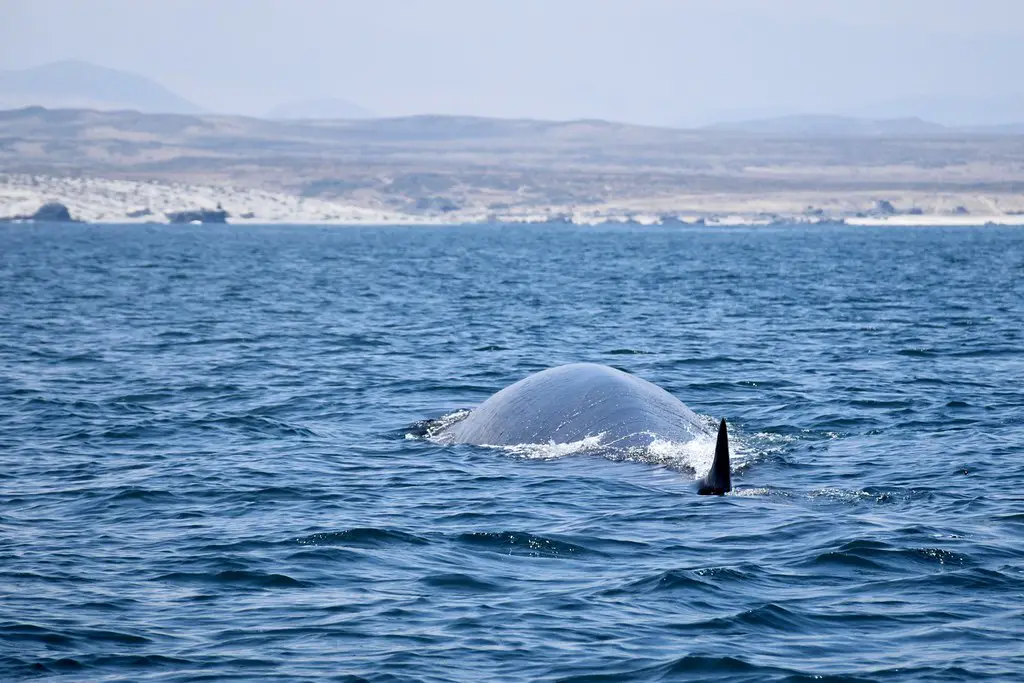
A small island located off the coast of Chile in the Coquimbo Region.
What to see or do: Enjoy the island’s beautiful beaches, hike through the island’s nature reserve, and take a boat tour to observe the diverse marine life in the area.
Don’t miss: Witnessing the sunset over the Pacific Ocean from the island’s western coast.
Insider travel tips: Bring sunscreen and insect repellent, and book your boat tour in advance to ensure availability. Also, be aware that access to the island is limited and regulated by the local authorities.
29. PumalÃn Park
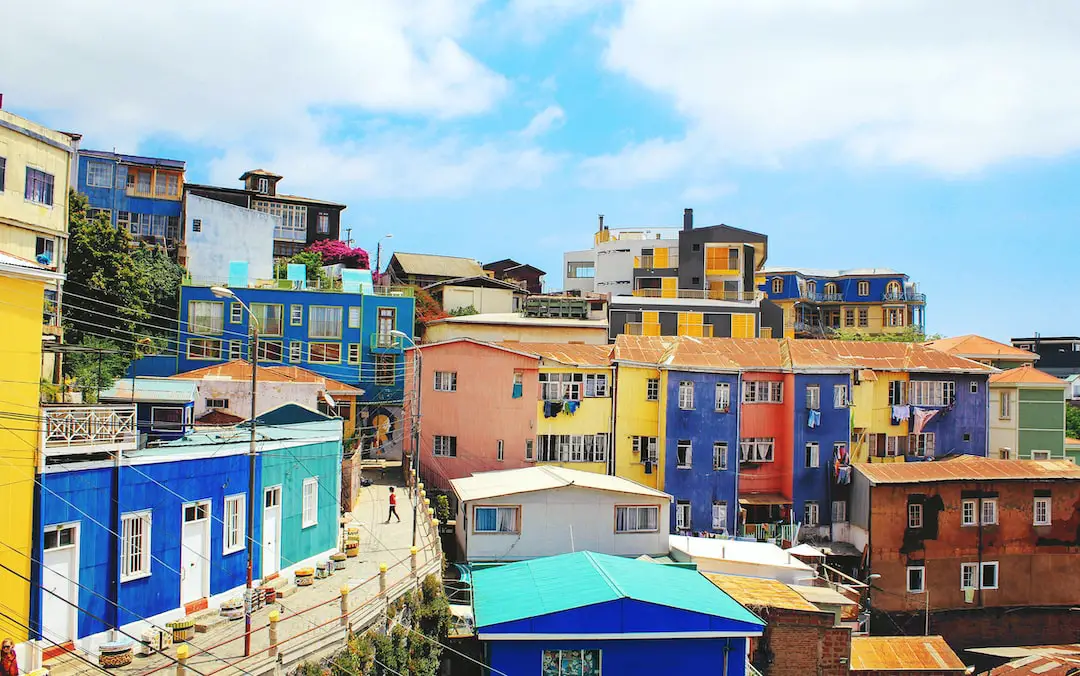
Pumalín Park is a protected area located in the Chilean Patagonia, known for its diverse landscapes, including volcanoes, fjords, ancient forests, and valleys.
What to see or do: Visitors are able to hike through the park and discover its natural beauty, such as its winding rivers and cascading waterfalls, or try their hand at kayaking or fly fishing in the crystal clear waters.
Don’t miss: A visit to the park’s impressive volcano Chaitén, which erupted in 2008 and left a lasting impact on the surrounding landscape.
Also worth seeing are the hot springs of El Amarillo and the stunning fjords of Comau.
Insider travel tips: Make sure to bring warm clothing and rain gear, as the weather in the park can be unpredictable. Additionally, it’s worth staying in local lodges or campsites within the park to fully immerse yourself in the breathtaking scenery.
Finally, explore the park with a trained guide to fully appreciate its unique flora and fauna.
30. Parinacota Volcano
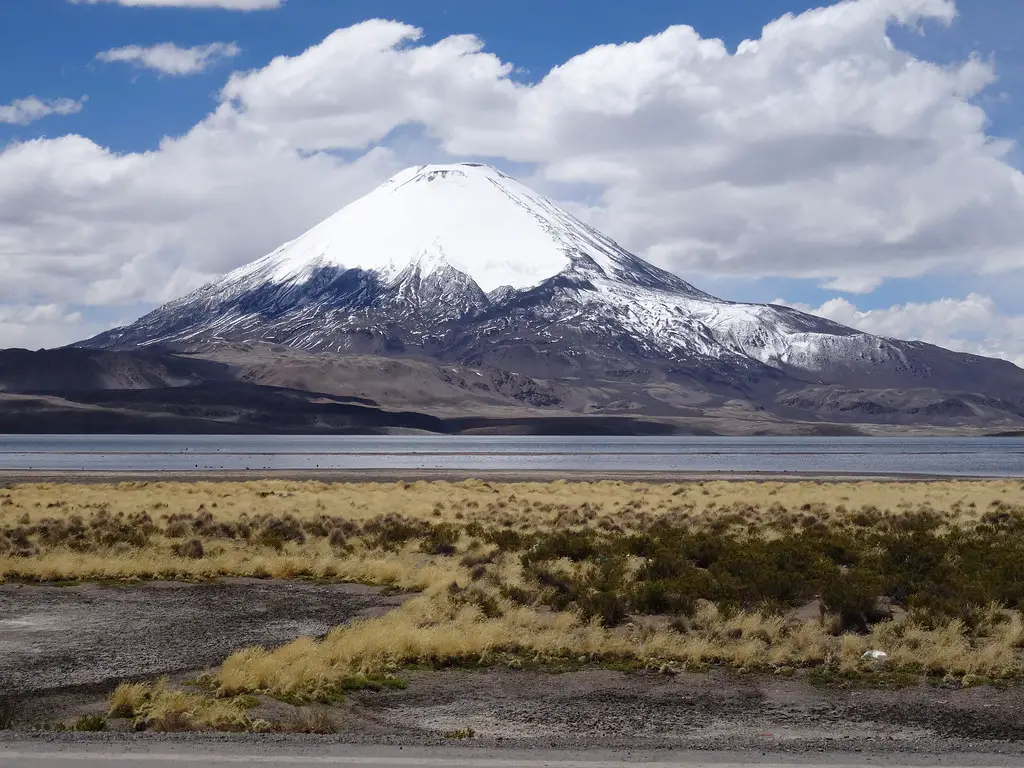
Parinacota Volcano is a towering stratovolcano located in the northern Chilean Andes, near the Bolivian border.
What to see or do: Hiking to the summit is a popular activity for experienced climbers, offering breathtaking views of the surrounding landscape.
For those less inclined to climb, there are also plenty of scenic hikes and viewpoints around the base of the volcano.
Don’t miss: Make sure to take in the stunning panoramic vistas from the summit, including views of nearby Sajama volcano and the immense Lauca National Park.
Insider travel tips: Visitors should be prepared for the high altitude and extreme weather conditions, which can change quickly. It is recommended to bring warm layers, sunscreen, and plenty of water.
It’s also important to have a good level of physical fitness before attempting to climb the volcano.